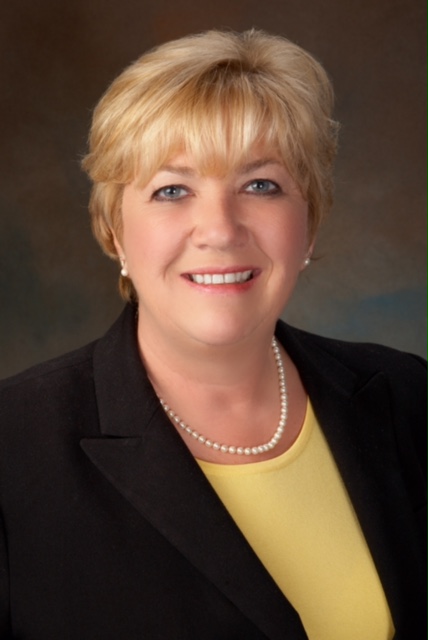Lynn Charbonneau, a certified patient experience professional, understands the importance of accessible healthcare forms on a personal level. Her recent encounter with a new healthcare provider is a lesson in the importance of accessible forms to the patient experience:
Seeing a new healthcare provider for the first time can be like an awkward first date. You’re already anxious about being probed and prodded by a stranger, and you know you’ll have to answer tons of questions about your history and lifestyle when you arrive at the office. That doesn’t even include all the various forms you have to fill out before you even get into the examination room. This experience can be overwhelming for anyone, but what about the people who are unable to provide important information to their physician because of medical reasons? A doctor’s visit can quickly turn into a nightmare. When it comes to healthcare forms, accessibility is paramount. If your patients don’t have an easy way to fill out necessary medical forms, their experiences with your facility can quickly become negative. I've experienced the negative effects of inaccessible forms with my own family.
Let me tell you a story about my 87-year-old mother, who has been living with cardiac disease for years.My mother became a nurse at 47 years old. She suffered from a heart attack at the age of 62, and later had an aphasic stroke after a cardiac catheterization. More recently she’s been experiencing some shortness of breath, but other than that, she’s in pretty good health.Due to my mother’s stroke, she has difficulty understanding what people say to her, and she's not always able to communicate the information she needs to convey. I act as her interpreter whenever I’m able to attend her visits with healthcare providers. My husband Ken and I are my mother’s lifeline to her providers. Like my mother, Ken also has to deal with medical conditions that affect his day-to-day life. He suffered a traumatic brain injury from a car accident, and has recently started experiencing dystonia, where he has no control of his muscles contracting.During her last doctor’s visit, my mother went to see a new provider. Fortunately, I was home that day, and I was able to accompany her and my husband for the appointment. As we helped my mother check in with this new provider, we were handed four pages of patient registration forms. Between my husband’s dystonia and my mother’s trouble with comprehension, they would have been unable to fill out the forms without my assistance.
My question to any healthcare provider who cares about the patient experience is this: What about those people who don’t have anyone to advocate for them?
Healthcare providers need to understand the role of forms in the patient experience. Handing patients a stack of paper forms when they walk into your practice is just an accident waiting to happen, leaving lots of room for error. The person responsible for manually entering data into your EHR can easily misinterpret what the patient wrote—after all, doctors aren’t the only people out there with messy handwriting! Electronic form solutions are built to remedy this problem, collecting all the medical information that a patient may have in a secure and accessible way.For today’s millennials, everything is done on a mobile platform. For baby boomers like me, forms of any kind (whether they’re paper forms or online forms) are part of what we do and what we are comfortable with. However, a veteran like my mom could never utilize a computer for electronic forms, and with her age, she now struggles with paper forms as well. This is why accessibility is so important. If she couldn’t give the doctors the information they needed, they would be unable to provide her with the care that she needed.When it comes to your patients, one size does not fit all. Force yourself to understand who they are, and adapt accordingly. An electronic form that can’t be filled out by a patient can still be quickly completed on a tablet or mobile device by a family member or nurse. No matter what methods you need to use, your patients should be your primary focus if you want them to keep coming back. If you make their experience exceptional, your patients will thank you.
Lynn Charbonneau, MBA, CPXP, has over 20 years experience acting on behalf of patients and their families. She is speaking at the HIMSS17 conference on “Demanding a Delightful Care Experience for Patients.”More About the Author

Lynn recently joined the team at the HealthStream Engagement Institute as a coach and consultant. In this role, Lynn lives her passion for helping organizations implement best practices and improve their patient experiences. She has 40 years of healthcare experience (including 25 years in patient experience improvement), and has worked at Yale New Haven Health, Waterbury Hospital, and Northside Hospital (part of HCA’s West Florida Division). You can contact Lynn at ldcharbonneau@gmail.com.
Want to learn how to better the experience for your patients? Check out our infographic of transforming the patient experience down below!











